Butterfly Symbolism Across Cultures
Butterflies are fascinating creatures. The transformation from a humble caterpillar, bound to the earth and limited in scope, into a resplendent butterfly soaring freely through the air symbolizes the profound potential for change and growth within all living beings. However, the symbolism of butterflies go beyond that. They play interesting roles in history and cultures around the world.
In this article, we will explore in-depth the butterfly symbolism, what a butterfly symbolizes, as well as its meanings in culture and arts.
1. Transformation
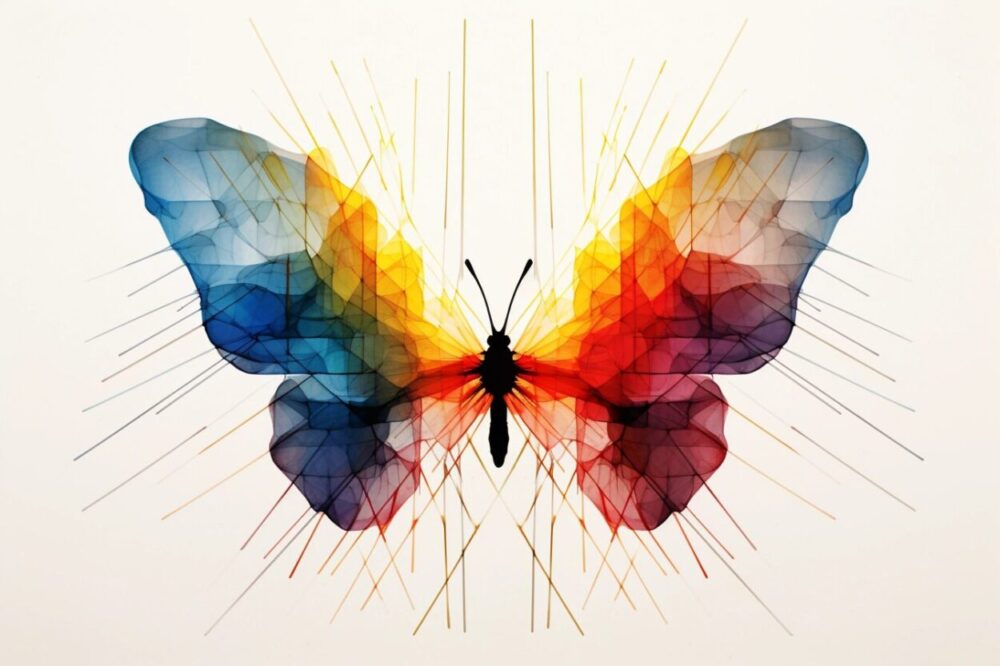
Perhaps the most common concept associated with the butterfly is transformation. Butterflies show transformation through their big change from egg to caterpillar to chrysalis to butterfly. Each step in this change is like a symbol for personal growth, change in the mind or spirit, and how life comes back around again, similar to the journey of the phoenix.
First, the butterfly lays eggs, which are like new beginnings. From these eggs, caterpillars come out. They eat a lot and get bigger, getting ready for the next step. This part is like when someone starts to change or grow in their life.
When the caterpillar gets big enough, it makes a chrysalis around itself. Inside, it goes through big changes. Its old body breaks down, and it gets rearranged into a butterfly. After spending a while in the chrysalis, the butterfly comes out. It’s different now, with pretty wings and colors. This is when the transformation is completed.
Read More: Top Symbols of Growth and Transformation
2. Beauty
Butterflies are admired for their colorful wings and graceful flight, making them symbols of beauty and wonder. Their delicate presence reminds us to cherish life’s fleeting but special moments.
Often seen among flowers, butterflies play an important role in nature by helping with pollination. This connection shows the harmony of nature, where everything works together. Watching them move from flower to flower feels like seeing a living painting.
In art and stories, butterflies and flowers are paired to represent beauty, peace, and simplicity. Together, they create a calming scene that encourages us to appreciate the small, beautiful things in life.
3. Freedom
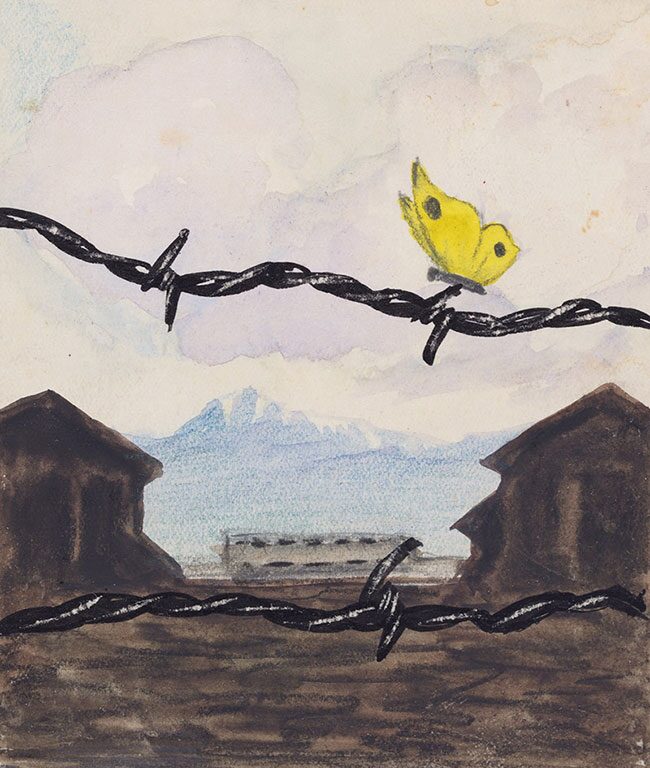
The above painting is a perfect example of this. One Spring, 1941, created collaboratively by two artists imprisoned in the Gurs camp, features a yellow butterfly perched on barbed wire. The snowy mountains far away suggest the prisoners’ wish to escape to freedom over the Spanish border. This contrast between the butterfly and the mountains shows their dreams of breaking free from their situation.
Despite the physical barriers and restrictions imposed upon it, the butterfly is depicted as free to fly anywhere it desires, symbolizing the enduring spirit of hope and longing for freedom.
4. Growth
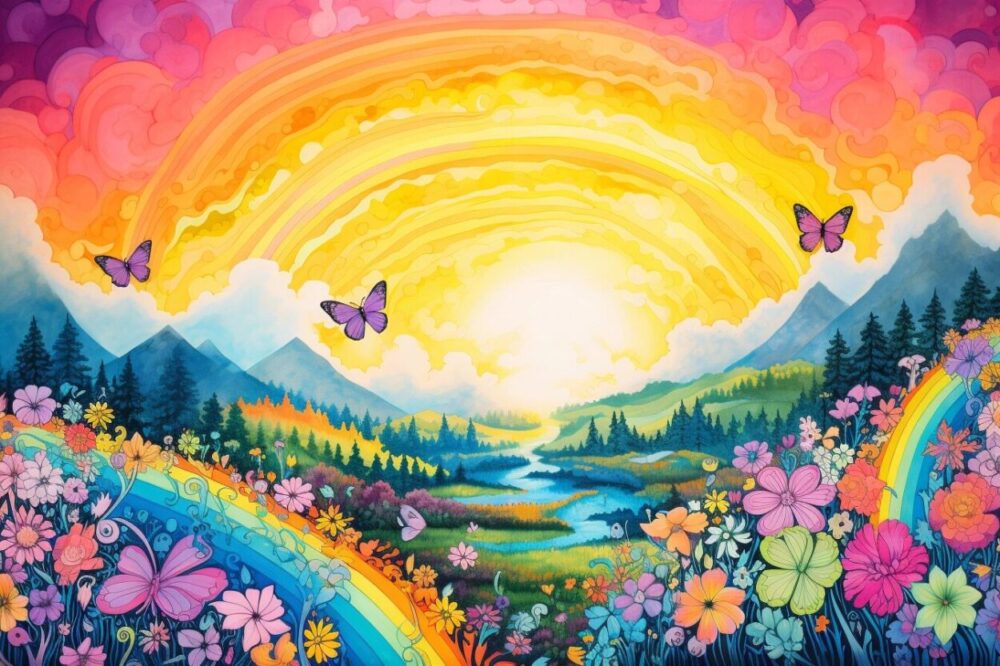
Butterflies symbolize growth not only through their remarkable metamorphosis but also through their role in aiding the growth of plants. As they undergo their own transformation from caterpillar to butterfly, they embody the concept of personal growth and development.
Butterflies also have an important job in helping plants grow. As they visit flowers to sip nectar, they unknowingly pick up pollen on their bodies. Then, as they move from one flower to another, they transfer this pollen, which helps fertilize the flowers and enable them to produce seeds. This process, called pollination, is crucial for the reproduction of flowering plants.
Read More: 23 Symbols of Growth and Progress
5. Transience
The fleeting lifespan of a butterfly mirrors the transient nature of life itself. From the moment of its emergence from the chrysalis to its eventual demise, a butterfly’s journey is brief yet beautiful. Adult butterflies typically have a short lifespan, ranging from just one to two weeks. However, certain species have adapted to survive through the winter by hibernating, allowing them to live for several months.
6. Interconnectedness
You’ve probably heard of the “butterfly effect.” It’s a concept from chaos theory that shows how small actions can create big, unpredictable changes. The name comes from the idea that a butterfly flapping its wings in one place might trigger a chain of events leading to major changes elsewhere in the world.
This idea also applies to how connected we all are. Sometimes, we think we’re separate from others, but that’s just an illusion. Many problems in life and society come from acting like we’re independent and isolated. In reality, no one achieves anything alone—we’re all part of a bigger web of connections, and everything we do impacts others. Recognizing this can lead to greater happiness, understanding, and success.
7. Fragility
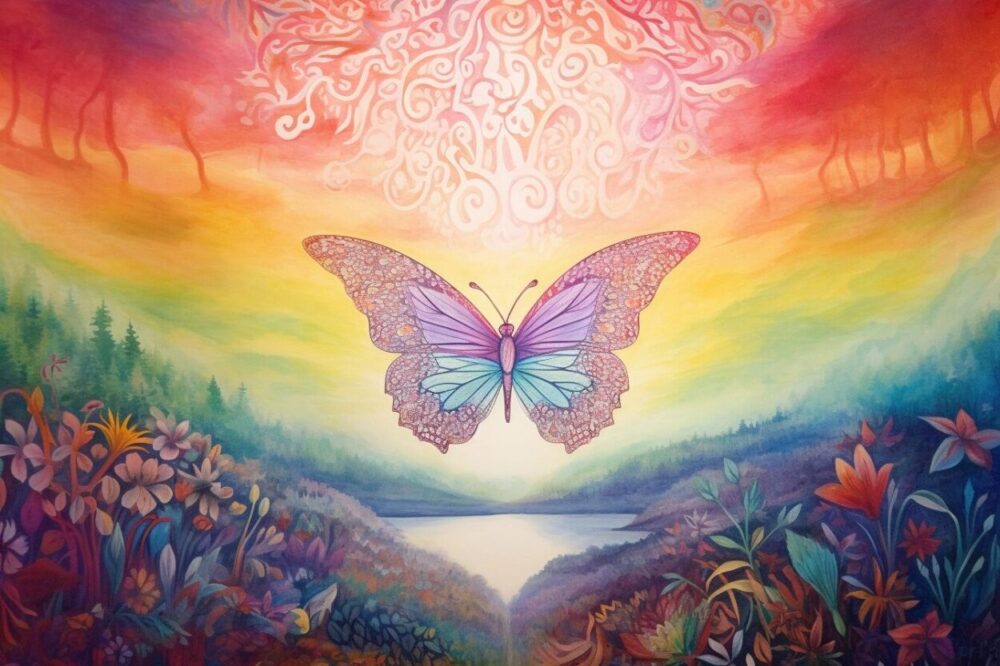
Butterflies are delicate creatures that rely a lot on the weather. They really need sunny weather to fly around easily. Because they’re cold-blooded, butterflies need the sun’s warmth to power their muscles for flying. When it’s cloudy, they can’t get this warmth, so they’re like a solar-powered airplane that can’t move much. That’s why you won’t see many butterflies early in the morning. They need time for the sun to warm them up before they can fly.
Even during the day, if it gets cloudy, butterflies stop flying and hang out on leaves or flowers. They wait until the sun comes back out to warm them up before they start flying again to look for food. This is why butterflies symbolize fragility. They represent powerful transformations, but also the delicate and ephemeral nature of life.
Butterfly Symbolism in China
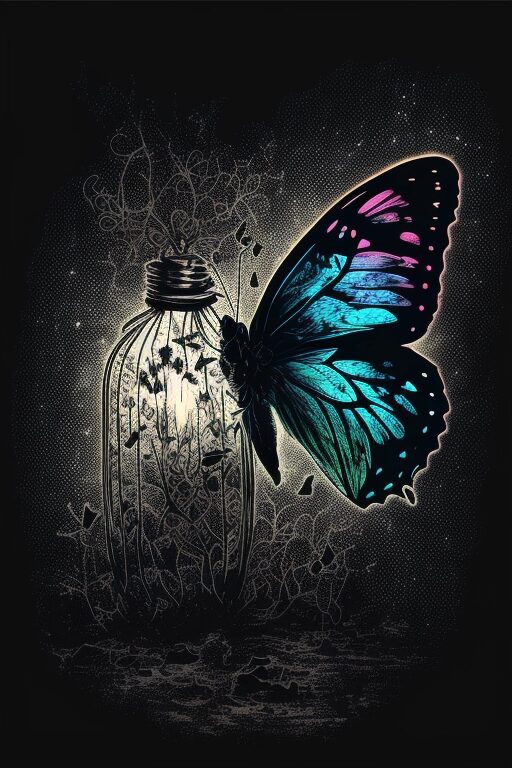
The Chinese legend of Zhu Yingtai and Liang Shanbo, often referred to as “The Butterfly Lovers,” is a timeless tale of love and sacrifice. The butterfly here symbolizes the idea that despite the transience nature of life, they still experience the full spectrum of life and love.
Zhu Yingtai, a young woman from a wealthy family, longed for an education, which was traditionally only available to boys. To pursue her dream, she disguised herself as a boy and adopted the name Zhuang Zixia. Under this guise, she traveled to the city of Hangzhou to attend school.
During her time at school, Zhuang Zixia became close friends with Liang Shanbo, a fellow student. Over time, their friendship blossomed into love, though Liang remained unaware of Zhuang’s true identity as a woman.
As Zhuang’s feelings for Liang grew stronger, she struggled with the deception and longed to reveal her true self to him. However, societal expectations and the fear of rejection prevented her from doing so.
Tragically, before Zhuang could confess her love to Liang, circumstances forced her to return home. Heartbroken, she revealed her true identity to Liang through a letter, expressing her love for him.
Upon learning the truth, Liang rushed to Zhuang’s home, only to find that she was already betrothed to another man. Consumed by grief, Liang fell ill and died at Zhuang’s doorstep.
On the day of Zhuang’s wedding, a sudden storm struck, preventing the wedding procession from reaching its destination. Sensing an opportunity to be reunited with Liang, Zhuang threw herself onto his grave. In a miraculous twist of fate, the two lovers’ graves were transformed into a pair of butterflies, forever inseparable in death.
Butterfly Symbolism in Egypt
Butterflies have been shown in art since a very long time ago, even back to around 5000 BC. They were important in ancient cultures like the Minoan and Mycenaean, and especially in ancient Egypt. In Egyptian art, butterflies were often used as decorations in tombs for over three thousand years. This made them really special in art history. Egyptians also respected other insects like scarab beetles, locusts, honey bees, and mosquitoes, giving them symbolic meaning. However, whether butterflies had a specific role in Egyptian funeral traditions is still debated.
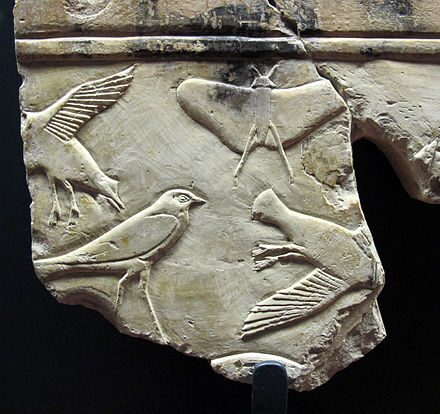
Butterflies found in Egyptian tombs may have symbolized life after death. In tomb art, marsh scenes with butterflies are thought to show order returning after chaos or the tomb owner’s connection to the king’s sacred rituals.
These scenes also symbolize renewal and relationships. For example, the Nile tilapia fish represents rebirth and starting over, while the lotus flower, often shown near the deceased, stands for fertility and new beginnings.
Read More: Lotus Symbolism Across Cultures and Beliefs
Butterfly Symbolism in Ancient Rome
In ancient Rome and Greece, the butterfly, called Psyche, symbolized the soul and eternal life. A famous Roman story by Apuleius tells of Psyche, a mortal woman so beautiful that Venus, the goddess of Love, becomes jealous. Venus sends her son Cupid to punish her, but Cupid falls in love instead. After many trials, Psyche wins and is granted immortality by Jupiter so she can marry Cupid. This story reflects both the soul’s immortality and the strength of the human spirit.
Butterflies also symbolized the cycle of life, death, and rebirth. In art, Psyche is often shown with butterfly-like wings, while Cupid has bird-like wings. Some Roman seals even depict Cupid burning a butterfly with a torch, symbolizing the pain and passion of love.
Butterfly Symbolism in Japanese Mythology
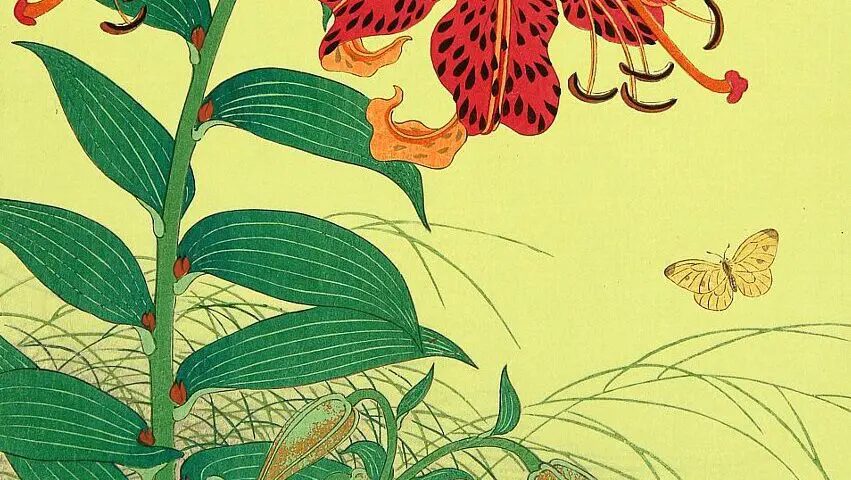
In Japanese culture, butterflies have rich symbolism and are often associated with many myths and legends. It is said that when a person passes away, their soul may take the form of a butterfly and visit their family and friends to provide comfort and reassurance.
An interesting story is The Dream of Akinosuke. It tells of Akinosuke, a farmer in feudal Japan who naps under a cedar tree. In his dream, he is taken to the court of the King of Tokoyo, marries the King’s daughter, and becomes governor of an idyllic island where he rules happily for years. After his wife dies, the King sends him back home, and the dream ends as he wakes under the cedar tree.
Akinosuke shares his dream with his friends, who recall seeing a yellow butterfly emerge from his mouth, carried by an ant under the tree. Investigating, they discover an ant kingdom beneath the tree resembling the one from Akinosuke’s dream. In a small ant nest, they find a clay coffin with a female ant, mirroring his dream wife’s burial.

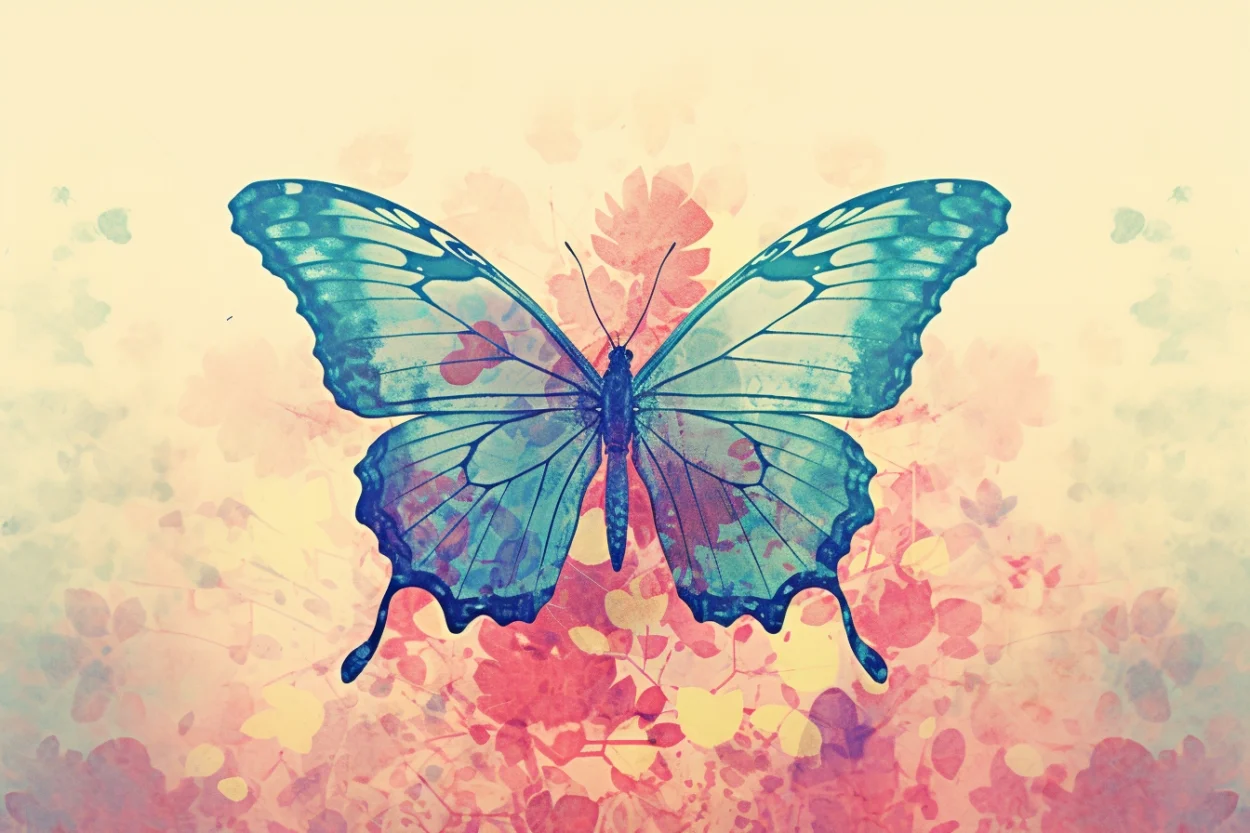
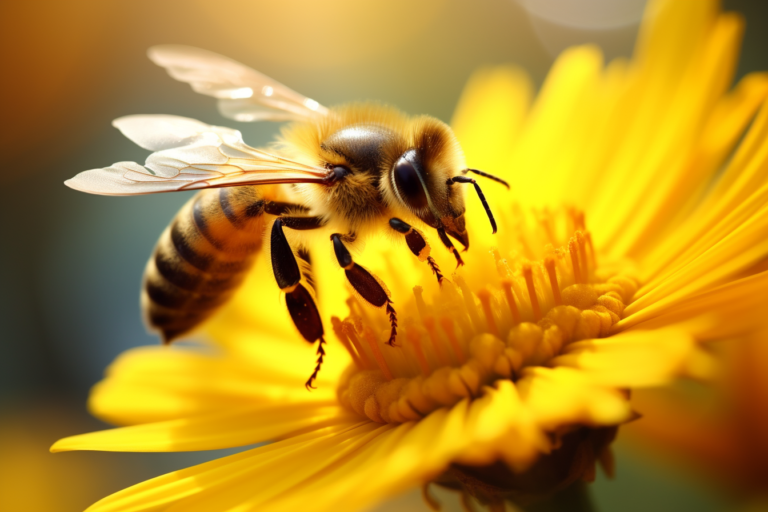

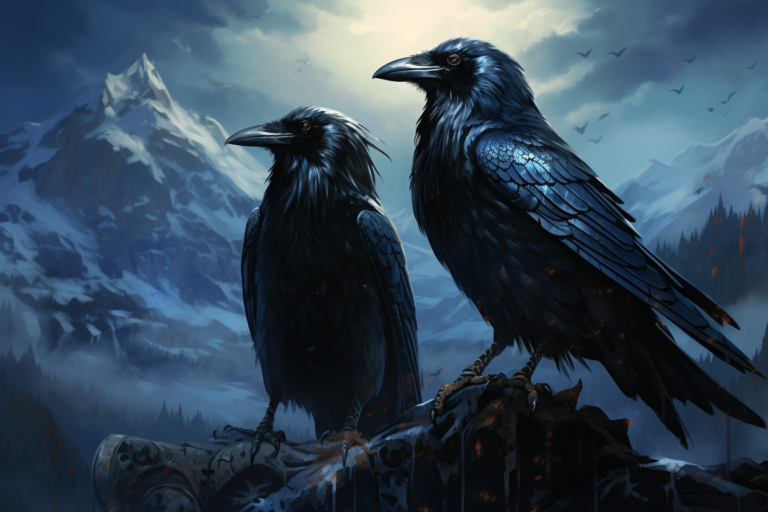


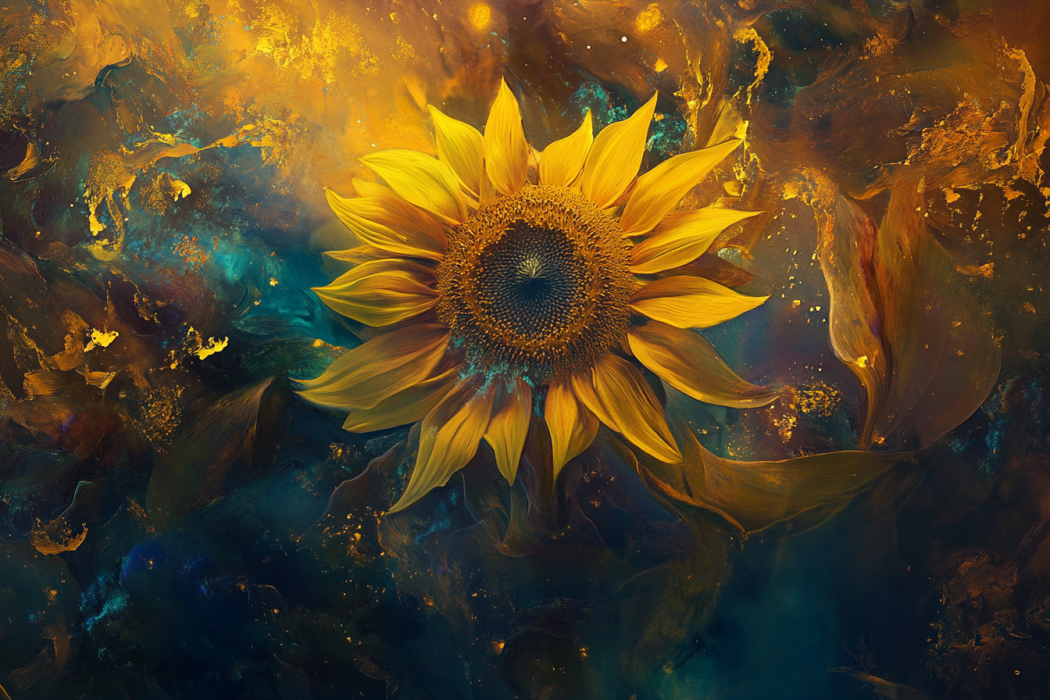
2 Comments
Comments are closed.